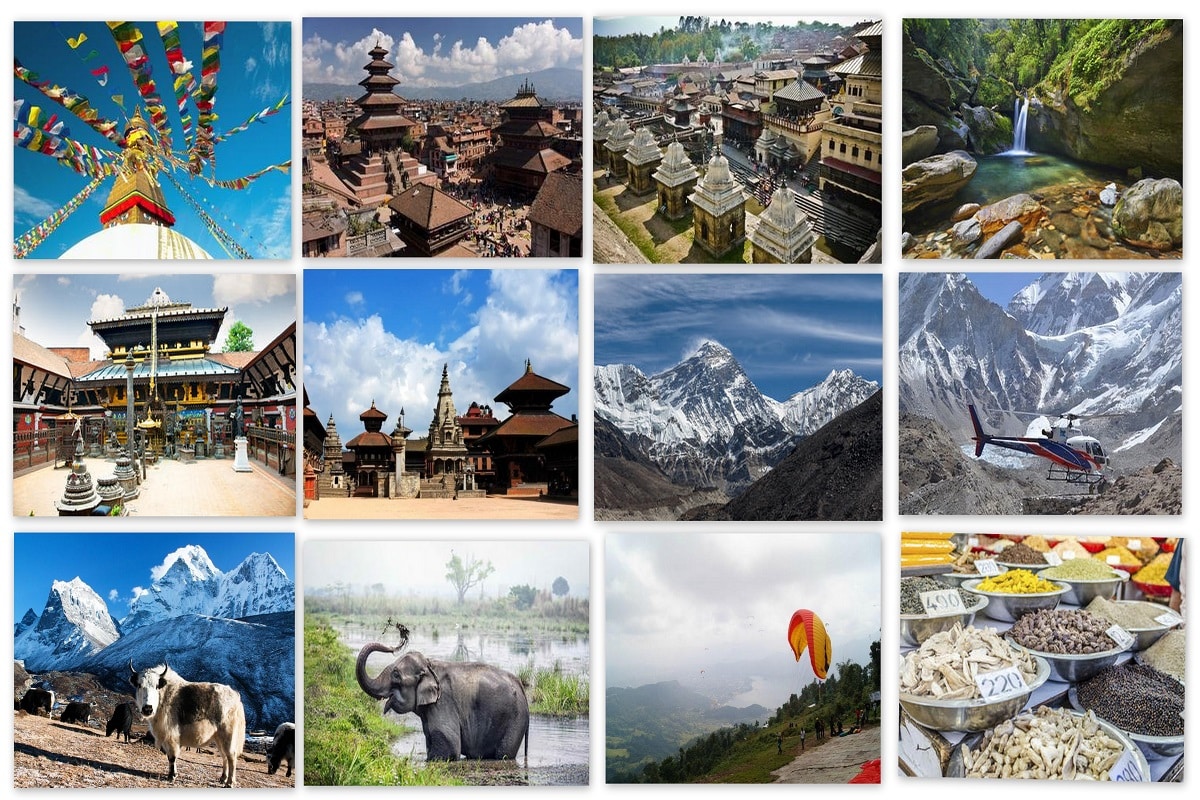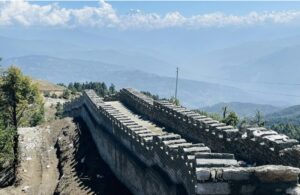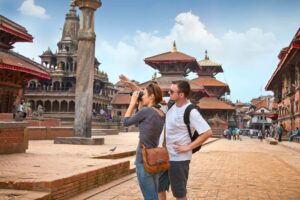
Nepal is a country that is steeped in history, culture, and natural beauty. Known for its iconic Himalayan mountains, diverse culture, and ancient architecture, Nepal is a destination that has something to offer every traveler. Two of the most famous attractions of Nepal are Buddha and Mount Everest, both of which hold great significance for the country’s culture and history.
Buddha, the founder of Buddhism, was born in Nepal over 2,500 years ago. The town of Lumbini, located in the southern part of Nepal, is the birthplace of Buddha and a UNESCO World Heritage site. The town is home to several temples and monuments dedicated to Buddha, including the Mayadevi Temple, which is built on the spot where Buddha was born. Visitors can also explore the Sacred Garden, which is believed to be the spot where Buddha took his first steps.
Mount Everest, the highest mountain in the world, is another major attraction of Nepal. Located in the Himalayas, the mountain is a popular destination for climbers and trekkers from around the world. The trek to Everest Base Camp is one of the most popular treks in Nepal, offering breathtaking views of the mountain and the surrounding landscape.
In addition to Buddha and Mount Everest, Nepal is also known for its ancient architecture, particularly its temples and palaces. The city of Kathmandu, the capital of Nepal, is home to several ancient temples and palaces, including the Swayambhunath Stupa, the Pashupatinath Temple, and the Hanuman Dhoka Palace. These monuments reflect the rich cultural heritage of Nepal and offer visitors a glimpse into the country’s fascinating history.
Nepal’s culture is also a major draw for tourists, with its diverse traditions, festivals, and cuisine. The country is home to several ethnic groups, each with its unique customs and traditions. The most famous festival of Nepal is the Dashain festival, which is celebrated in honor of the goddess Durga. During the festival, Nepalese people gather with their families, exchange gifts, and enjoy traditional feasts.
In conclusion, Nepal is a country that offers visitors a unique blend of natural beauty, ancient architecture, and rich cultural heritage. From the birthplace of Buddha to the highest mountain in the world, Nepal is a country that has something to offer every traveler. Whether you are interested in trekking, history, culture, or cuisine, Nepal is a destination that should be on every traveler’s bucket list.
Related:



